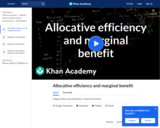
Marginal Utility and maximization
- Subject:
- Business and Marketing Education
- Finance
- Material Type:
- Lesson
- Provider:
- Khan Academy
- Author:
- Khan Academy
- Date Added:
- 04/14/2016

Marginal Utility and maximization
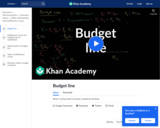
What I can buy with my income
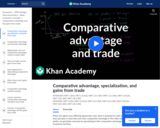
How two parties can get better outcomes by specializing in their comparative advantage and trading
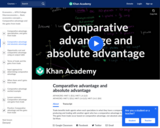
Showing that a party benefits from trade as long as there is a comparative advantage (and not necessarily an absolute advantage)

Seeing what happens to quantity demanded when price changes

How investing for capital formation can expand the production possibilities frontier (PPF)

This is presentation of some basic economic ideas for the beginning community college student.

Looking for engaging content for your economics courses? The Institute for Humane Studies has curated this collection of educational resources to help economics professors enrich their curriculum. Find videos, interactive games, reading lists, and more on everything from opportunity costs to trade policy. This collection is updated frequently with new content, so watch this space!

Why the marginal utility for dollar spent should be theoritically equal for the last increment of either good purchased

Why the opportunity cost may increase as you pursue more rabbits
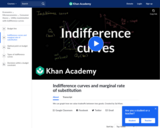
This video is from the Khan Academy subject of Economics and Finance on the topic of Microeconomics and it covers Indifference Curves and Marginal Rate of Substitution.

Marginal utility and marginal benefit. How you would spend $5 on chocolate and fruit
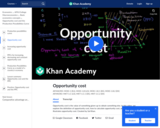
Opportunity cost (and marginal cost) based on the PPF
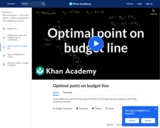
Using indifference curves to think about the point on the budget line that maximizes total utility
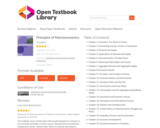
Recognizing that a course in economics may seem daunting to some students, we have tried to make the writing clear and engaging. Clarity comes in part from the intuitive presentation style, but we have also integrated a number of pedagogical features that we believe make learning economic concepts and principles easier and more fun. These features are very student-focused. The chapters themselves are written using a “modular” format. In particular, chapters generally consist of three main content sections that break down a particular topic into manageable parts. Each content section contains not only an exposition of the material at hand but also learning objectives, summaries, examples, and problems. Each chapter is introduced with a story to motivate the material and each chapter ends with a wrap-up and additional problems. Our goal is to encourage active learning by including many examples and many problems of different types.
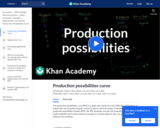
Tradeoffs for a hunter gatherer and the production possibilities frontier. Ceteris Paribus
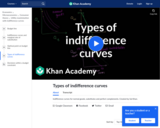
Indifference curves for normal goods, substitutes and perfect complements

What is economics and why should you spend your time learning it? After all, there are other disciplines you could be studying, and other ways you could be spending your time. As the Bring it Home feature just mentioned, making choices is at the heart of what economists study, and your decision to take this course is as much an economic decision as anything else.
Economics is probably not what you think it is. It is not primarily about money or finance. It is not primarily about business. It is not mathematics. What is it then? It is both a subject area and a way of viewing the world.

By the end of this section, you will be able to:Discuss the importance of studying economicsExplain the relationship between production and division of laborEvaluate the significance of scarcity

By the end of this section, you will be able to:Discuss the importance of studying economicsExplain the relationship between production and division of laborEvaluate the significance of scarcity